Key Takeaways:
- The patient journey provides a comprehensive view of an individual’s interactions with the healthcare system over time.
- Understanding the patient journey is crucial for improving patient experience, health outcomes, and healthcare efficiency.
- The patient journey typically includes phases such as help-seeking, diagnosis, treatment, and follow-up.
- Mapping the patient journey can reveal opportunities for improvement and personalization in healthcare delivery.
- Technology and data analytics are increasingly important in understanding and optimizing the patient journey.
The concept of the “patient journey” has gained significant attention in recent years. This approach helps to understand a patient’s experience throughout their healthcare interactions and provides valuable insights for improving care delivery and health outcomes. This article explores the definition, components, and importance of the patient journey.
Defining the Patient Journey
The patient journey encompasses all interactions with a healthcare system, from the initial encounter through ongoing care, and includes logistical and administrative experiences.
Each patient’s journey is shaped by factors such as their:
- specific health condition and its severity
- circumstances and support system
- previous experiences with the healthcare system
Understanding the patient journey involves mapping these experiences over time to identify patterns and opportunities for improvement in healthcare delivery.
Key Components of the Patient Journey
While each patient journey is unique, most share the common phases below.
- Awareness and Help-Seeking
The journey begins when a patient becomes aware of a health concern and seeks professional help. - Entry into the Healthcare System
This phase involves the patient’s first clinical encounter, which might include an initial consultation and preliminary tests or screenings. - Evaluation and Diagnosis
This phase can be complex, often involving multiple tests, consultations, and periods of uncertainty until a suspected diagnosis is confirmed. - Treatment Decision and Planning
This phase involves discussing treatment options, making care decisions, and preparing for treatment. - Treatment
This phase may involve medical procedures, medication regimens, and lifestyle changes. - Follow-Up and Ongoing Management
This phase includes regular check-ups, rehabilitation services, further medication and lifestyle adjustments, and monitoring for recurrence or complications.
The Importance of Understanding the Patient Journey
Analyzing the patient journey offers numerous benefits, including:
- understanding challenges that affect a patient’s healthcare experience
- enhancing care coordination among healthcare providers
- increasing the efficiency of care delivery
- increasing adherence to treatment and follow-up care
- personalizing care to individual needs and circumstances
Mapping the Patient Journey
Researchers and healthcare systems use various mapping techniques to understand and improve the patient journey, including:
- Patient Journey Maps
This visual representation uses a timeline or flowchart to illustrate multiple interactions and touchpoints between the patient and the healthcare system. - Service Blueprints
These detailed diagrams use swimlanes to represent the processes and interactions between patient-facing and support activities that enable healthcare delivery. - Touchpoint Analysis
This approach uses a matrix or grid with various evaluation criteria to examine each touchpoint between the patient and the healthcare system. - Patient Narratives
This involves collecting a detailed account of patients’ experiences with a healthcare system.
The Future of the Patient Journey
Several technological advancements are expanding the scope of the patient journey. These tools offer a more comprehensive view of patient health data and enhance access to healthcare resources. A few examples include:
- Integrated electronic health records
- Patient portals
- Telemedicine platforms
- Wearable devices and applications
- Artificial intelligence capabilities
Several trends are shaping the future of the patient journey:
- Personalization
Advances in data analytics and genomics are enabling more personalized care. - Patient Empowerment
A growing emphasis on patient empowerment encourages individuals to take an active role in their care decisions and management. - Integrated Care Models
Healthcare systems are moving towards integrated models that provide a smoother patient journey across different care settings. - Predictive Analytics
Predicting health issues before they occur may help prevent their onset or slow progression. - Value-Based Care
The shift towards value-based care focuses on long-term health outcomes rather than discrete interactions.
Defining and understanding the patient journey is crucial for improving healthcare delivery, patient satisfaction, and health outcomes. Mapping out the complex series of interactions between the patient and healthcare system can identify opportunities to enhance care, streamline processes, and provide more personalized support.
As technology advances and healthcare models evolve, the concept of the patient journey will become even more central to healthcare planning and delivery. By keeping the patient’s experience at the forefront, healthcare systems can work toward more effective and efficient care.
Sources
- Wolfe, A. (2001). Institute of Medicine Report: Crossing the Quality Chasm: A New Health Care System for the 21st Century. Policy, Politics, & Nursing Practice, 2(3), 233–235.
- Trebble, T. M., et al. (2010). Process mapping the patient journey: an introduction. BMJ, 341, c4078.
- Lemon, K. N., & Verhoef, P. C. (2016). Understanding Customer Experience Throughout the Customer Journey. Journal of Marketing, 80(6), 69–96.
- Vogenberg, F. R., et al. (2010). Personalized Medicine: Part 1: Evolution and Development into Theranostics. Pharmacy and Therapeutics, 35(10), 560–576.
- Alkureishi, M. A., et al. (2016). Impact of Electronic Health Record Use on the Patient-Doctor Relationship and Communication: A Systematic Review. Journal of General Internal Medicine, 31(5), 548–560.
- Deloitte Centre for Health Solutions. (2019). The future of health: How innovation will blur traditional health care boundaries. Deloitte Insights.


